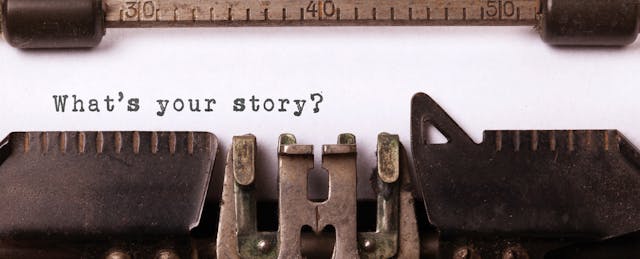Leave it to writers to describe the pain of their craft. “Writing is easy,” the late New York Times sportswriter, Red Smith once sarcastically quipped, “you just open a vein and bleed.”
Students may find little solace in the fact that professionals also struggle with writing. Empathy alone cannot turn research, outline and notes into prose, and no tool can miraculously transform garbled ideas into elegant sentences. (Headline generators don’t count.)
But at least one company is trying to help students build their writing chops. Citelighter has raised a $2.1 million convertible note from existing investors New York Angel, Baltimore Angels, Harvard Business School Angel and Propel Fund to accelerate its sales and operations. This funding comes after the Baltimore, MD-based startup raised $2 million in what it calls a “Series Seed 2” round in January 2015. The company has now raised a total of $7.1 million.
Since 2011, Citelighter has been developing a “comprehensive writing platform,” in the words of company CEO, Saad Alam. The tool lets teachers break down writing assignments into different steps and track how students progress through them, from the initial research phase to the final draft. After creating a writing prompt, teachers can add additional questions and scaffolds—such as supporting evidence—to guide students in their writing process.
These “digital scaffolds are an important part in helping students organize their thoughts and break down complex ideas into discrete pieces,” Alam tells EdSurge in an interview. As students improve their writing, teachers can reduce the number of scaffolds given in each assignment.
The platform also comes with existing essay templates and rubrics that align to district or state writing standards, as well as a plagiarism checker.
The company also offers students a web toolbar that allows them to save annotate, cite and import their online research into the Citelighter platform, where they can then organize their outlines and drafts. They can also access text and media content that the company recently licensed from Encyclopedia Britannica.

What Citelighter’s users also like is the ability to monitor and intervene during the writing process—not after. Every action a student takes on Citelighter is recorded as one of five “cognitive prints”—capture, comment, organize, write, reading—each of which represents a writing activity. Teachers and students can see the sequence of activities completed at any time during an assignment. This chart can offer insight into students’ approach the writing process, like, for instance when teachers should help pupils who start writing before doing any research.
“Citelighter allows me to see what’s happening from the time they get their writing assignment all the way to when they print it out,” Carla Truttman, an 11th grade social studies and English teacher at Yreka High School in northern California, tells EdSurge. “It allows me to intervene and steer them in the right direction at the moment of writing, and not after the paper is already done.”
This data visualization has also encouraged her students to write more—which, as any teacher or editor will say, is the only proven way to improve writing. “They are constantly going back to their work, polishing, and this makes them better writers in the long run,” Truttman adds. She believes the tool has helped her students shift away from a mindset “where writing is just about getting something done as quickly as possible.”
Alam claims this trend is true across other users as well. In September 2015, he says students using Citelighter were writing roughly 300 words per month. By April, that number had spiked to 1,800. These numbers are currently the company’s main metric for measuring students’ engagement.
Roughly 8,600 schools use Citelighter, from second-grade classrooms to graduate school and MBA programs. Customers include school districts such as Boise School District and the New York City Department of Education. The company says it has signed most of these contracts on three- to five-year deals. “If an education company tells you that you’ll use [something] for a year and your students will miraculously excel, that’s selling snake oil,” says Alam.
Perhaps more importantly, teachers like Truttman say her students have come to appreciate the value of writing—as painful as it still may be. “I appreciate the opportunity that Citelighter provides to students to really find their own voice,” she says. “That’s so critical today where we live in a world that’s all about the sound bite.”


